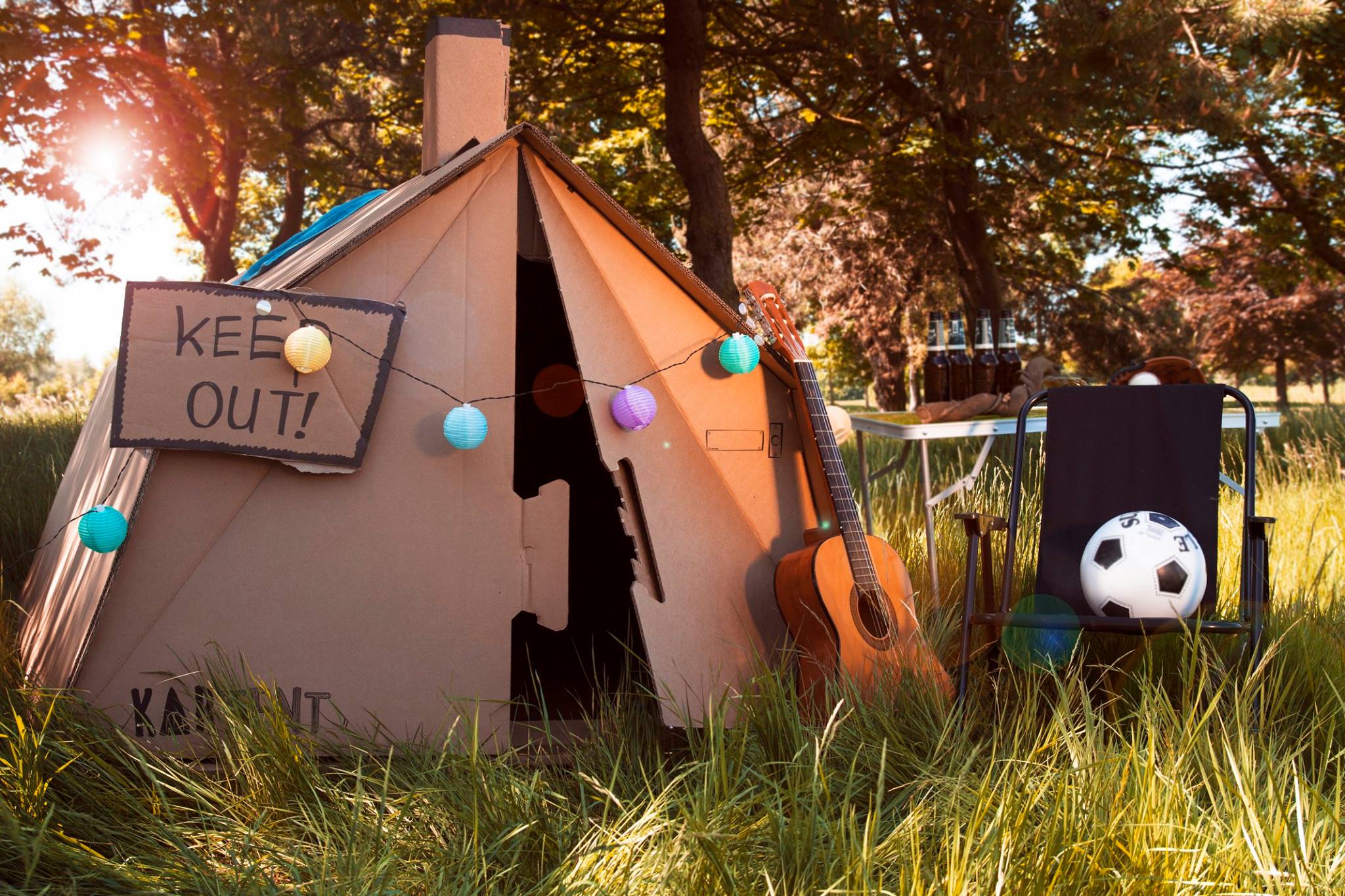
How did Kartent come into being?
Let me make it clear right away: We were definitely not 'festival types' when we started Kartent. Of course, there are plenty of those; seasoned festival-goers who stay in the festival world and eventually find their dream job there. People with a love for the events sector, who are passionately committed to giving others a fantastic time.
That wasn't exactly our background. On the contrary; we studied at the TU Delft, which is not exactly known for its frivolous, exuberant and social types. Although we may not have studied very technical studies, we also had our nerdy traits (which often came in handy later on, by the way).
Kartent came into being somewhat by chance during an interest drink of the 'CleanTech Challenge', a subject with an associated pitch competition. Jan was working on his graduation project, in which he was doing extensive research into cardboard. 'Did you know that there are so many different types of cardboard?! Moisture doesn't have to be a problem at all!' The bulk of his research involved a number of cardboard tubes, which once placed under the beach house had to ensure that the sand from the beach could be blown onto the dunes by the wind.
The beach house became a festival tent. From the very first meeting we concluded that 'beach houses' was not a scalable business concept, so we looked for other options for temporary accommodation. After first considering market stalls and refugee shelters, the festival scenario emerged after a short brainstorm. Subsequently, the well-known Business Model Canvas was filled in for a number of these ideas, with the festivals clearly standing out.

Cardboard was suddenly everywhere. In Jan's student room at the Koornmarkt in Delft there were piles of sample cardboard that he had been given during the research for his graduation project. There turned out to be many different types of cardboard; corrugated cardboard, up to 4 layers thick; honeycomb cardboard in all shapes and sizes and 'solid cardboard', a hard cardboard type of which the tubes were made.
All this cardboard science made it clear that it didn't just stop at the regular 'cardboard', as we know it from banana boxes. And because we had already carefully dipped our noses into the cardboard industry for our graduation project, we quickly got in touch with a number of local cardboard producers who were happy to help us. With their help, we were able to test different types of cardboard and put them outside. Test cardboard became test models, and test models became real KarTents. I think it's superfluous to emphasize here how much this has helped us; without this help in the initial phase, we would never have gotten this far.
Once we had enough confidence in our tested model, the step to order cardboard turned out to be quite a big one. A BV had to be set up, and quickly. In addition, the minimum order quantity was 250 pieces; a lot of cardboard for 2 students. With the help of friends, family and prize money, we managed to raise the necessary amount. But where do you put so much cardboard? It was almost impossible to imagine 250 tents. 'Maybe the tents can be put in your parents' side room?' was one of the options that was suggested. 'We can also just put them under a tarpaulin on campus!', another brilliant idea. Fortunately, a farmer was found through intermediaries with a spot in his barn.
Once we arrived, the tents turned out to be a bit bigger than expected. An impressive Eurotruck of at least 30 meters long pulled into the farm yard on the gray Tuesday afternoon. Were these our tents? The side panel of the truck opened and our gaze fell on an enormous pile of cardboard sheets, at least 3 meters high and impressive in all its brownness.
It was immediately clear that unloading by hand was not an option. Fortunately, the farmer had heavy machinery and a forklift to unload the pallets. There we stood, like naive city kids looking at the big machines in awe and amazement.
With this baptism of fire it really began. The tents provided the opportunity to make promotional material and photos and to really start selling the product. A bus was purchased, a permanent warehouse found, and so Kartent could begin its adventure.





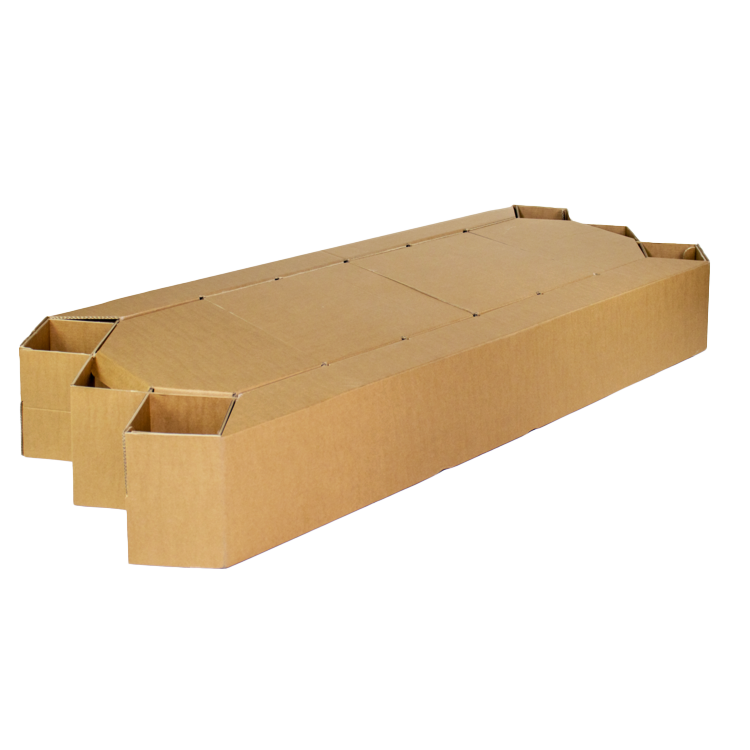

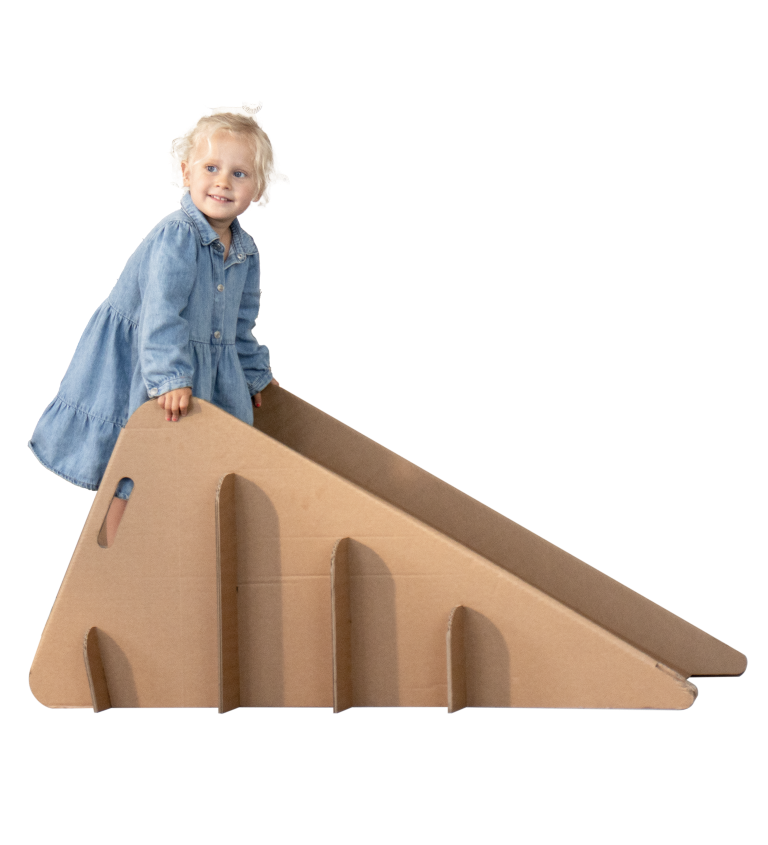
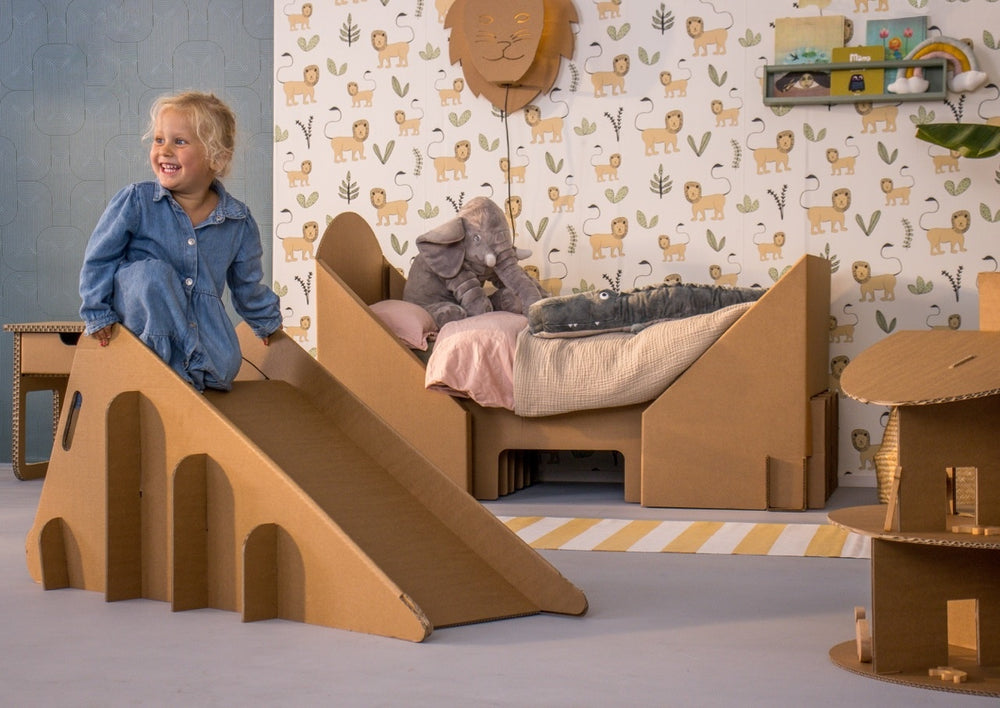
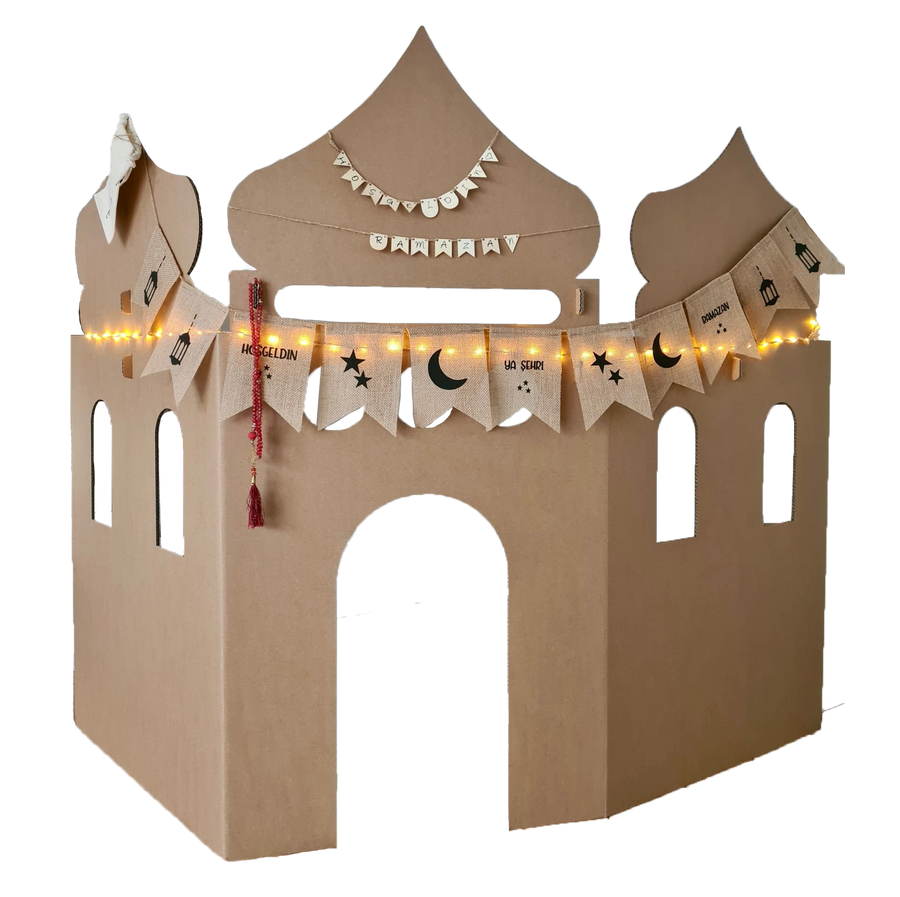
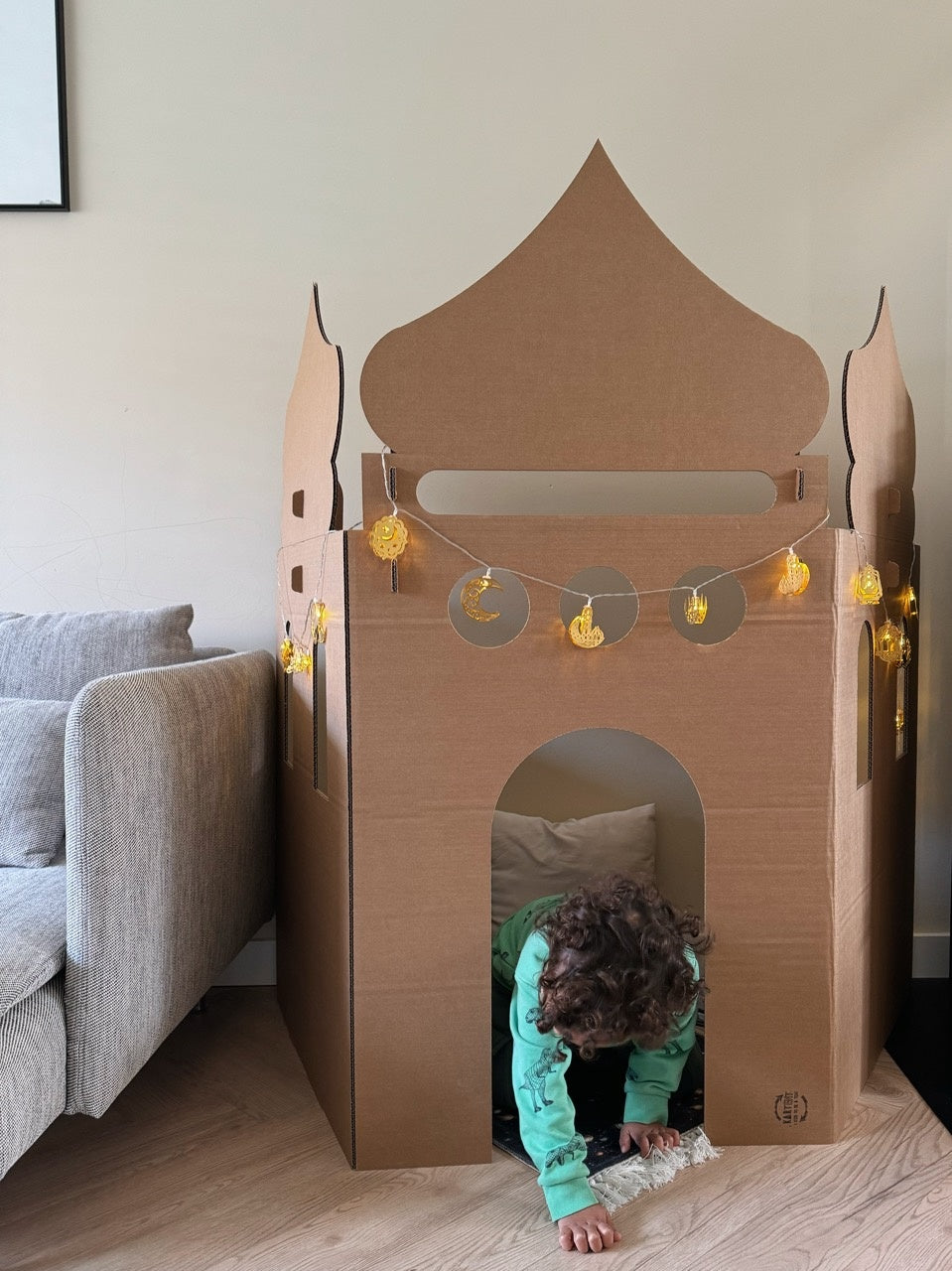


Leave a comment